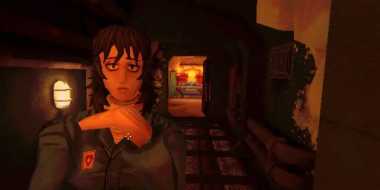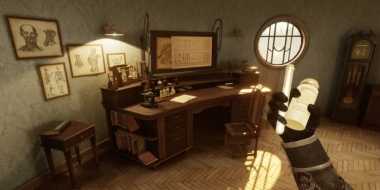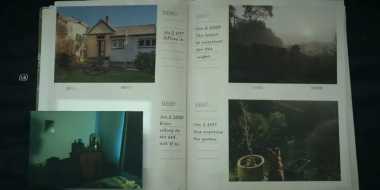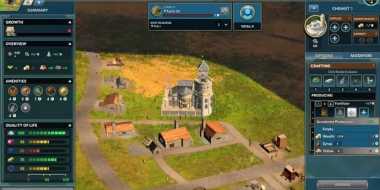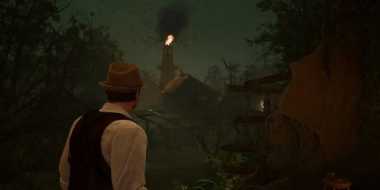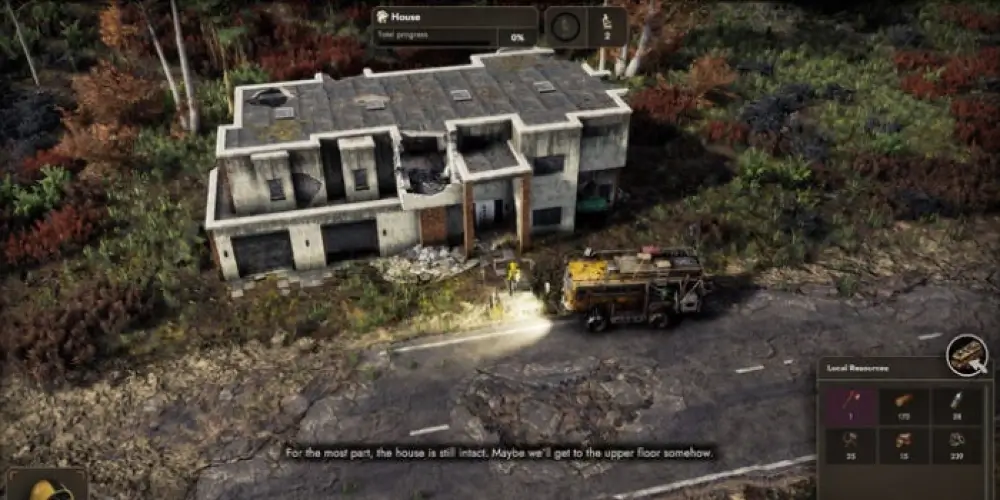

The Challenges of Post-Apocalyptic Town Planning in Endzone 2
04/09/2024 Vienna Kristy 2110
Ever forget to build a graveyard in a city builder? It happens. In Endzone 2, when ten citizens suddenly dropped dead on the roads of my settlement, I had to scramble to avoid a health crisis. But here’s the thing: graveyards take up a lot of space. And when your shantytown is already packed with a sea of corrugated metal roofs, finding room for one can be a real problem. Welcome to the delightful headache of town planning in a post-nuclear world, where most of the land is brown, barren, and uninhabitable.
Endzone 2 follows the familiar formula of many city builders but with its own twist—a mix of CRPG-style scene exploration. You play as a band of underground survivors trying to repopulate the surface. But the scarred earth dictates how you use space, with red squares of swamp, mountains, lakes, and wasteland refusing to conform to your urban planning dreams. The result? Townships that feel organic and real, far from the perfectly planned grids of other building games.
You’ll have plenty of buildings to plop down and workers to assign. Little unseen fishermen will add to your food stash, and invisible weavers will increase your fabric supply. Many buildings benefit from being near others—a coal furnace near a lumberjack's shack, or a storage depot near, well, anything. But the game often forces you to squeeze things together in awkward ways, meaning you’ll have to abandon hopes of perfect efficiency. And that’s where Endzone 2 finds its quiet appeal. It’s a game about efficiency, sure, but it’s also about accepting the imperfect—navigating a world that doesn’t always want to cooperate with your plans.
Seasonal challenges add another layer of complexity. Droughts dry up lakes, draining your water supplies. Toxic rain demands protective clothing, or your settlers will fall ill. The tension comes from balancing expansion with the need to stockpile resources for the inevitable crises—think Banished or Northgard. But despite the ongoing threats, there’s something oddly relaxing about the whole experience.
One of the game’s standout features is the ability to leave your town’s workshops running while you go on a road trip. A little toy-like truck lets you explore the cracked roads of the post-apocalyptic world, scavenging ruins for extra resources. Some locations allow your drivers to hop out and explore in an isometric, almost CRPG-style perspective. You might find an axe to force open doors or discover a book that unlocks new farming seeds. It’s a fun distraction and an important part of advancing through the game’s research tree.
Research in Endzone 2 ties into these scavenging expeditions. By exploring urban ruins and roadside dumps, you gain knowledge points that let you unlock new tech like mines, water treatment plants, and upgraded versions of existing buildings. But the game is primarily about managing your town’s green arrows and mitigating red arrows through smart construction and resource management. As you establish new settlements on the map, the challenge ramps up, turning the game into a plate-spinning act where each town has its own strengths, weaknesses, and specialized resources.
Building a network of interdependent towns and transport links is key. Some settlements might thrive on fresh water from lakes, while others excel at producing medicinal herbs in swampy areas. Your task is to set up transport routes, using your road trip trucks as makeshift lorries, ferrying goods between towns. It’s a familiar base-building process, but the challenge lies in placing buildings on unforgiving terrain or navigating the sprawl created by your earlier decisions. Sometimes, those awkward placements come back to haunt you—do we really need that graveyard now?
The game’s tension spikes when a sudden drought or illness sweeps through your settlements. You’ll find yourself tweaking import-export routes to ensure everyone gets the resources they need. Each town’s specific needs force you to micro-manage, making sure Grimdork Lakes gets enough medicine or that Garbageville (yes, you can rename your towns) gets its water supply. The game even tracks radiation exposure with a Geiger counter, adding another layer of realism.
However, the game isn’t without its flaws. The voice acting can be a bit rough, and the synthwave soundtrack doesn’t quite fit the post-apocalyptic vibe. I ended up turning it off and switching to a “chill guitar” playlist, which worked better with the game’s atmosphere.
There are also some frustrating quirks. Long loading times when resuming a save, for example, and some unnecessary friction in the game’s systems. The research tree, for instance, requires both knowledge points and worldly goods, which can be a bit of a hassle when resources are scattered across different settlements. It’s a slow game, even at its fastest setting, and those who prefer more abstract and neat logistics might find it less appealing.
That said, Endzone 2 offers a thematic and engaging experience for those who enjoy city-building games with a bit of logistical complexity. It might not have the moral dilemmas of Frostpunk, but it does enough with its scavengers and salvage expeditions to keep you invested in your townsfolk’s survival. Even if that concern is partly motivated by a selfish desire to keep your resource counts high.
“Oh no, the residents of Bogbottom are getting lashed with acid rain again,” you’ll say. “This will slow down vaccine production.” Better start digging—those bodies won’t bury themselves.
 Recent Blogs
Recent Blogs
Mouthwashing Review: A Twist ...
10/10/2024 3078
Pathologic 3 Announced with ...
08/10/2024 2834
Best Weapons in Black Myth: ...
06/10/2024 2059
Corporeal: A Horror Puzzle G ...
04/10/2024 1639
Ara: History Untold Review: ...
02/10/2024 2139
 Trending Blogs
Trending Blogs
Alone In The Dark Review
21/05/2024 3114
Larian Studios: Embracing N ...
05/08/2024 3098
Mouthwashing Review: A Twist ...
10/10/2024 3078
Prince of Persia: The Lost Crown
25/05/2024 2854
Pathologic 3 Announced with ...
08/10/2024 2834
